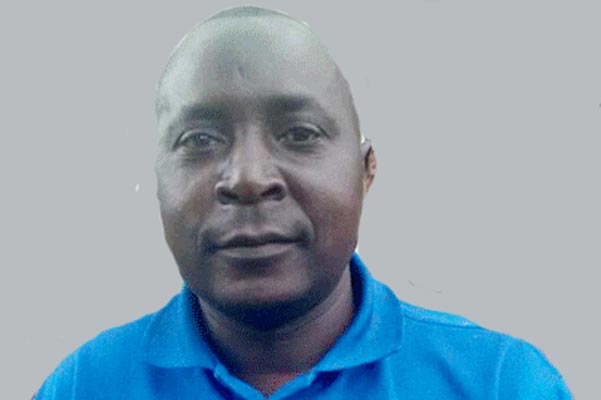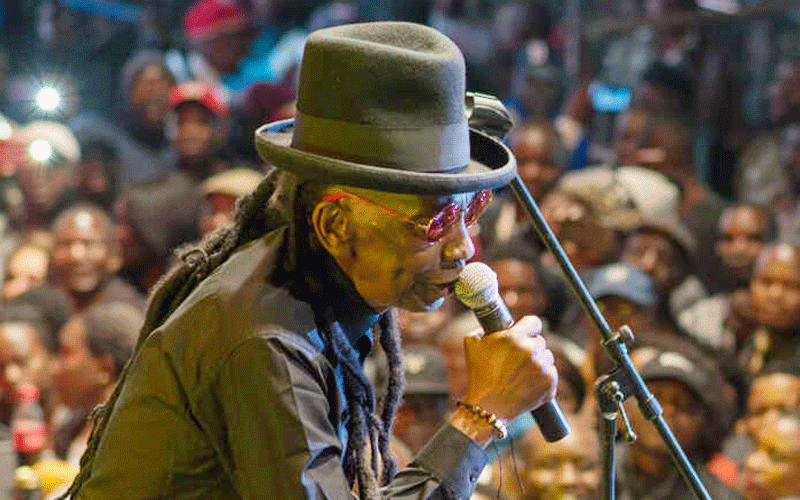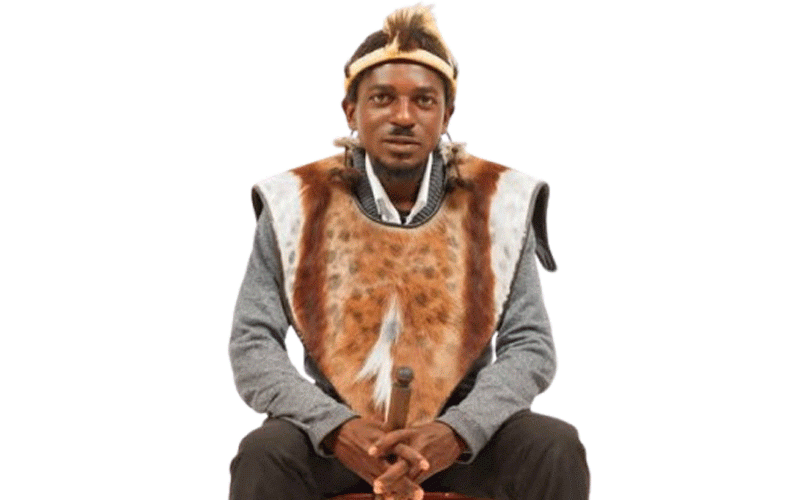

BY JAIROS SAUNYAMA
My first encounter with the late Tedious Muchapedza Matsito was through his music at Baba Nyakusendwa’s grocery shop in the late 1990s. As young boys in the village, we would converge at the veranda during weekends showcasing our dancing skills with the old hifi blaring the finest sungura hits of those days.
The late Baba Nyakusendwa’s playlist was predictive, less would he tune in to Radio 2 (now Radio Zimbabwe) for an alternative feel. Apart from Ngwenya Brothers or Gede Mwana Gede, he had music cassettes of the late Leonard Dembo, John Chibadura, James Chimombe and Pengaudzoke, among others.
After having been confined to the rural areas — Chikurumadziwa in Wedza to be precise — for years, I never thought one day I would make it to the city, let alone meet celebrities like Matsito, who back in the village were role models to many.
I had accepted, it was enough for me to see the talented musician on Sekuru Chingosho’s solar-powered black and white television as we would visit his homestead once a week to watch the once popular Ezomgido programme on national television with Matsito regularly appearing.
But with the passage of time, I found myself in the city as a journalist who had a passion in arts reporting. One day I attended the late Matsito’s show in the capital for the first time and it was an emotional experience. He was now in crutches and led the vocals seated on a chair as his other leg had been amputated.
The 2008 accident while travelling from a show in Mozambique did not only claim the lives of some of his top members, but also took Matsito’s leg away. Matsito’s injured leg developed gangrene that resulted in an amputation four years after.
“I am in need of an artificial leg, performing while seated is boring. But for now it is game on, Ngwenya Brothers is here to entertain its fans,” said Matsito to the fans, who responded by whistling urging the musician on.
- Chamisa under fire over US$120K donation
- Mavhunga puts DeMbare into Chibuku quarterfinals
- Pension funds bet on Cabora Bassa oilfields
- Councils defy govt fire tender directive
Keep Reading
The next day, my article on Matsito appealing for an artificial leg was published in one of the local daily papers.
On the same day, I received a call from BancAbc officials, who said they wanted to meet Matsito and see how best they could assist him.
The officials revealed that the Ngwenya Brothers frontman was one of their first clients when they opened shop in Harare, hence they wanted to honour him in a special way.
I facilitated the meeting and visited Matsito at his residence in Kuwadzana.
The late musician was not vocal at all off-stage. He was very reserved and would take his time to respond. His wife, Patience, would lead the dialogue with Matsito only nodding and smiling. He was so modest and respectful to the extent that he would appear as if he was a visitor in his own home.
BancAbc officials told Matsito that they would secure an artificial leg for him and tasked me to facilitate everything until the musician was on his feet again.
This came as a relief to Matsito, who by then was on the waiting list at Parirenyatwa Hospital where he was told that he would get an ordinary artificial leg at a cost of US$300 after six months due to a backlog caused by shortages.
That marked the beginning of my relationship with Matsito. I searched for quotations and settled for a specialist, Farai Jemwa, who is based in Harare’s Avenues area. Jemwa told me that he would get a special artificial leg at a cost of US$2 360 from Germany. According to Jemwa, the leg was special in that it was flexible and that a person could walk without the aid of crutches.
However, the leg had a lifespan of five to six years.
BancAbc paid the money instantly.
I was tasked to bring Matsito to the surgery for Jemwa to work on the stump so that it would fit into the artificial leg that was on its way from Europe.
Hiring a taxi to Kuwadzana to ferry the musician was expensive. Fortunately, my younger brother and friend Lisbon Mhonda, an avid Ngwenya Brothers follower who had just bought a car, came to our rescue. Mhonda’s favourite song was Chakanaka Chakanaka and he would press the repeat button each time we ferried Matsito to and from the surgery.
Matsito loved the song as well especially the lines “…nhamo haiurayi asi inoondesa”, as he would sing along and laugh at the end.
During these trips, Matsito told me his life experiences like how he once worked as a gardener in Harare and how he and his brothers performed in the farms around Mazowe for free until they made their breakthrough in the 1990s.
In January 2013, Matsito was up on his feet again.
“When they [BancAbc] came to my house and told me they intended to buy me an artificial leg, I did not take them seriously because many people have made empty promises since I lost my leg. I am very happy they have fulfilled their promise and I am certain that my future will be bright,” said Matsito as he made a few steps without crutches.
He would call me Mukoma (elder) to thank me, but I would not take it. He was an artiste in need and it was the duty of the media to publish stories of interest to the public.
On his last album, Kurongerana that he released a few months after securing the leg, Matsito did a song as a tribute to BancAbc officials, thanking them for their generosity. The artificial leg saw him upping his game and holding live shows outside Harare.
I would often visit him at his house in Kuwadzana, where he would tell me that he was still in the game and that he was working on a new album that was being recorded at Alema Studios [Alick Macheso’s studio] in Chitungwiza. Unfortunately, misfortunes followed him again, and he was struck by a mild stroke in South Africa in December 2016 and it affected his speech. His leg was swelling as well. As if that was not enough, another stroke hit him again as he was about to conclude his therapy sessions. As a breadwinner and hard worker, he ventured into tobacco farming to supplement his money from the royalties.
His life journey ended on Wednesday night at Parirenyatwa Hospital, but his legacy continues to live. He is the man who introduced a unique fast-paced type of sungura that his son Tedious (Jnr) is already reviving, thanks to Macheso who has taken the boy under his wings.
In our last meeting, Matsito and his wife agreed that the artificial leg needed to be replaced and while still pondering over the next move, like a shadow the Manyemwe Emhuru hitmaker has disappeared.











